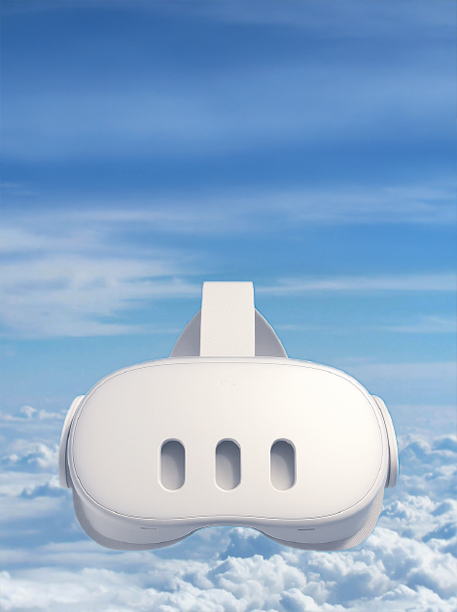Our research focused on deeply understanding the users, their needs, motivations, challenges, and emotional triggers related to their skincare journey. We utilized observational research and online surveys, along with benchmarking existing apps, to gather insights.
Key Findings
Our research revealed that skincare education is minimal, leaving many teenagers unsure about how skincare works and how to select products for their specific skin type. Teenagers are overwhelmed by conflicting skincare advice, often influenced by social media, which may not match their skin's actual needs. This leads to social pressure and insecurity around acne or skin imperfections, affecting self-esteem and causing anxiety as teenagers feel their skin issues need to be "fixed" immediately. Our online survey showed 69% of respondents use skincare daily, 31% have no idea about their skin type, and 35% have experienced negative effects from products discovered via social media or friends.
Skincare Survey Findings (Teenagers)
Have no idea about their specific skin type.
Have used a product they discovered on Instagram or friends' recommendations and negative effected.
Use skincare products on a daily basis. They use more than 1 product.
Personas
The data we collected from our research helped us craft 3 personas embodying different teenage archetypes experiencing various skincare challenges. Ava James: the Acne-Conscious Teen.
Max Williams: the Social Butterfly.
Mia Jose: the Trend-Follower.
Many of our design decisions were made with Ava in mind. If we could design a trustworthy and effective experience for teenagers like Ava, who struggle with acne and confidence due to misinformation and unsuitable products, they could develop healthier habits and share their progress, potentially influencing others like Max and Mia. Addressing Ava's core need for clear, personalized guidance allowed us to build a solution that resonates with the broader teenage audience, regardless of their specific skin type or current routine.
In other words: making Ava our primary persona allowed us to address the needs of all three, focusing on core issues of education, personalization, and combating misinformation. Around this point in our design process, our research highlighted key findings from social media trends and expert opinions that reinforced the confusion and insecurity teenagers face, which directly informed the features we prioritized. We considered how well these insights aligned with our goal to provide a personalized, data-driven skincare solution.













